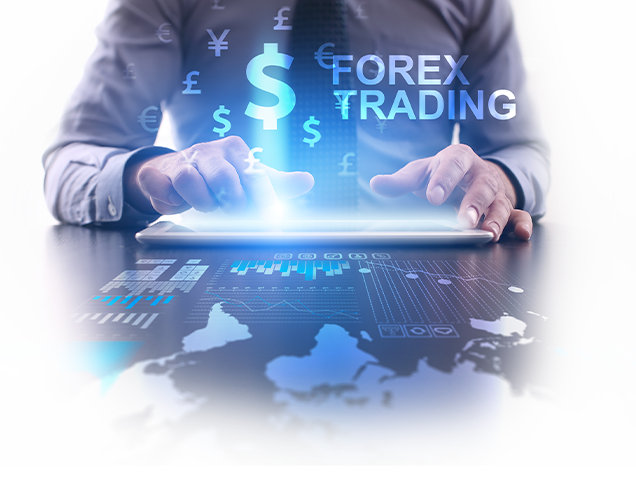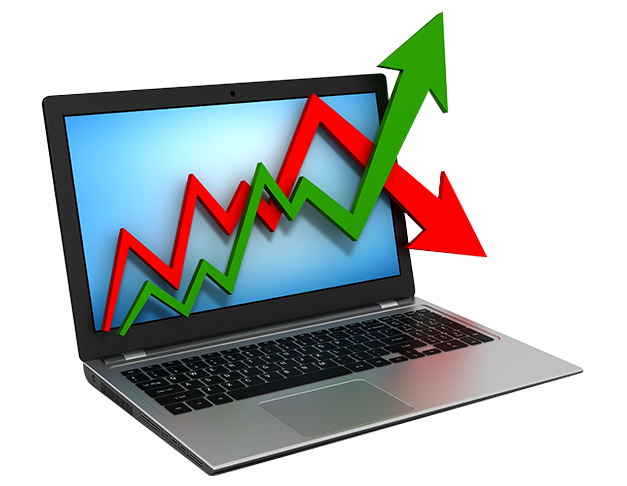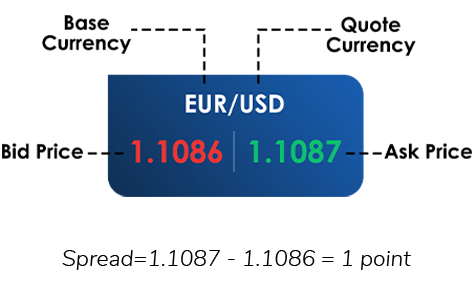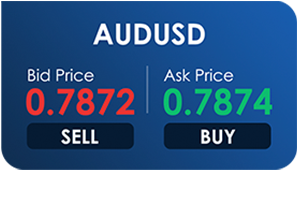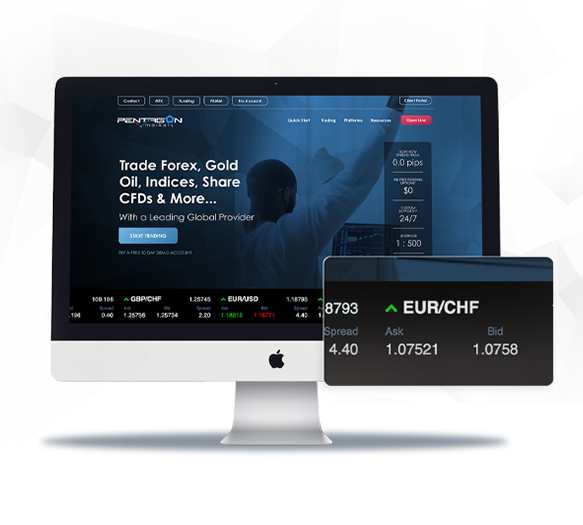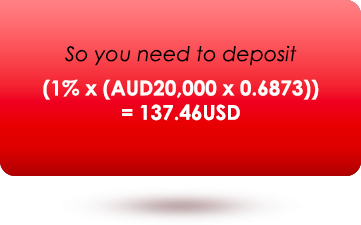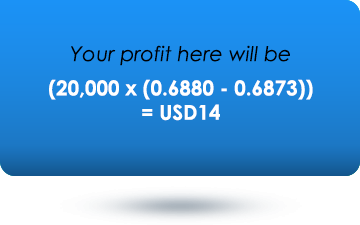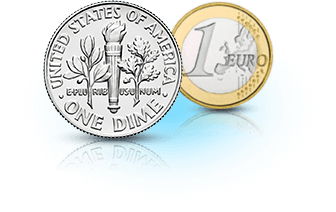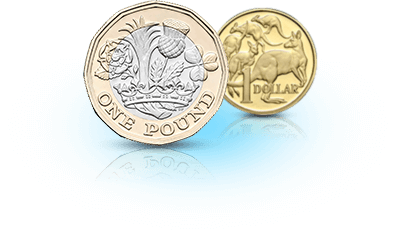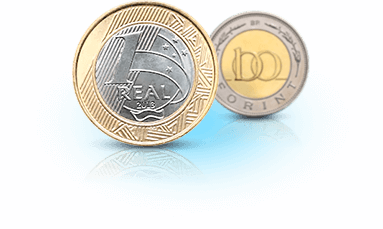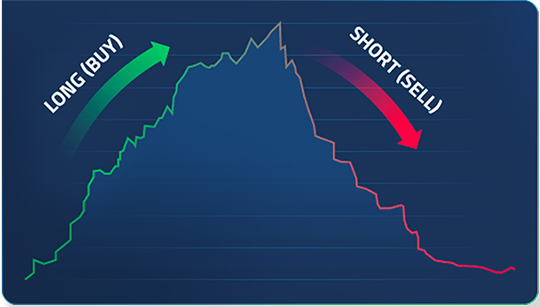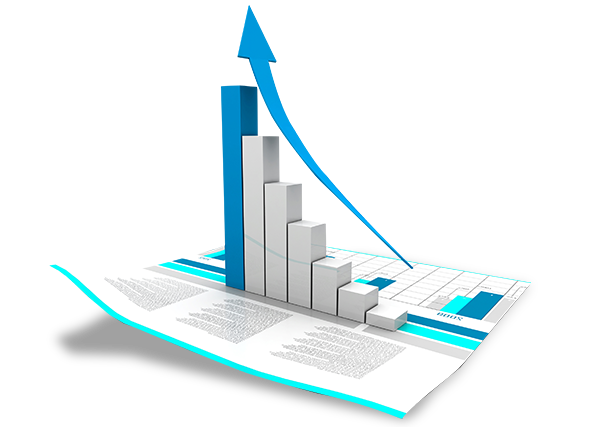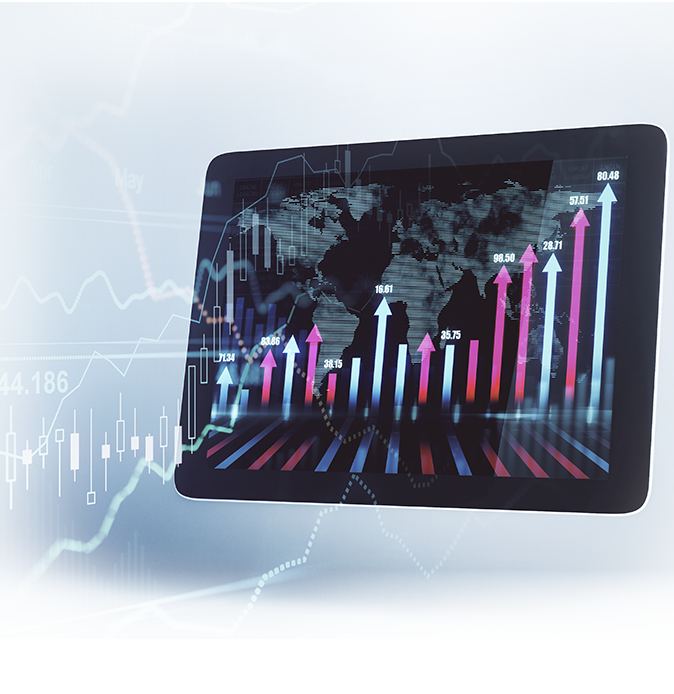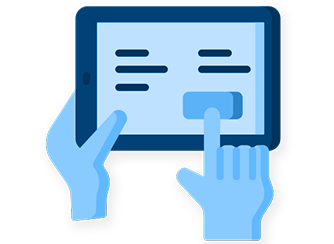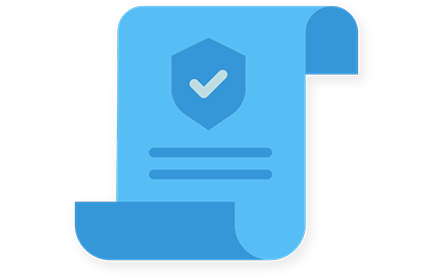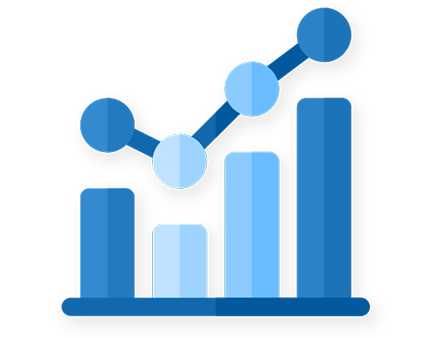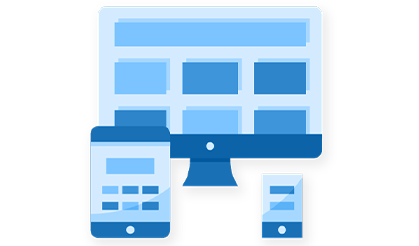Menu
TRADING
Trading Accounts
Forex Account Types Account Funding Funds WithdrawalMarkets
Forex Shares Metals Commodities IndicesPricing
Spreads Swap Rates Trading HoursPLATFORMS
MT4
MetaTrader 4 (MT4) WebTrader Mobile Trading AppTrading Tools
MAM/PAMM VPS Traders Toolbox Forex CalculatorCopy Trading
Social Trading Myfxbook AutotradePARTNERS
RESOURCES
Company
About Pentagon Markets Regulation Legal Documents CareersEducation
eBooks Glossary Newsletter Sign UpHelp
FAQ Live Support Contact Us
Menu
-
Trade with a trusted Forex and CFD broker
-
- Introduction
-
- Trading Platforms
-
Trade with a trusted Forex and CFD broker
-
- Trading Accounts
-
- Markets
-
- Pricing
-
Trade with a trusted Forex and CFD broker
-
- MT4
-
- Trading Tools
-
- Copy Trading
-
Trade with a trusted Forex and CFD broker
-
- Company
-
- Education
-
- Help





